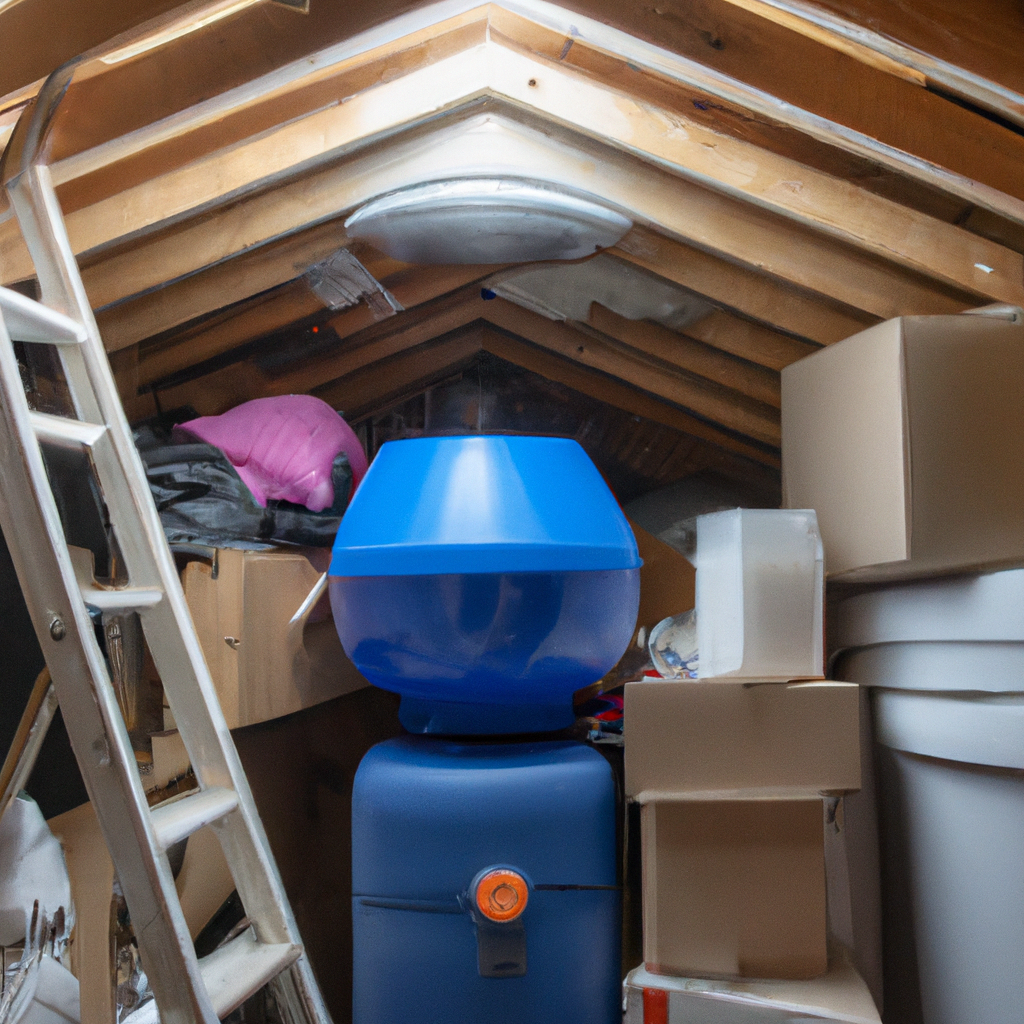Are you experiencing excess moisture in your attic? High humidity levels can lead to a variety of problems, including mold growth, musty odors, and damage to your belongings. One effective solution to combat this issue is by investing in a dehumidifier specifically designed for attics. In this comprehensive guide, we will walk you through everything you need to know about choosing the perfect dehumidifier for your attic. From understanding the importance of dehumidifiers to determining the right size and features, we’ve got you covered.

Why Do You Need a Dehumidifier for Your Attic?
Before diving into the specifics of choosing a dehumidifier, let’s first understand why it is essential for your attic. Attics are particularly prone to high humidity levels due to factors such as poor ventilation, inadequate insulation, and moisture infiltration. Excess moisture in your attic can lead to the growth of mold and mildew, which not only affects the structural integrity of your home but also poses health risks to you and your family. Additionally, high humidity can damage your stored belongings, such as furniture, clothing, and documents. A dehumidifier helps regulate the humidity levels, creating a healthier and more comfortable environment in your attic.
Determining the Right Size of Dehumidifier
Choosing the right size of dehumidifier is crucial to ensure optimal performance. An undersized dehumidifier will struggle to effectively remove moisture from your attic, while an oversized one may lead to excessive energy consumption. To determine the appropriate size, you should consider the square footage of your attic and the average humidity levels in your area. Generally, the larger the area and the higher the humidity, the more powerful your dehumidifier should be. Manufacturers usually provide guidelines and charts to help you select the right capacity based on these factors. It is recommended to choose a dehumidifier that can handle slightly more than the calculated capacity to ensure efficient moisture removal.
Key Features to Look for in a Dehumidifier
When shopping for a dehumidifier for your attic, there are several key features you should consider:
- Humidistat: A built-in humidistat allows you to set and maintain your desired humidity level. This feature ensures that your dehumidifier operates only when necessary, saving energy and prolonging its lifespan.
- Auto-defrost: Attics can become cold during winter months, leading to frost buildup on the dehumidifier’s coils. An auto-defrost feature prevents frost from accumulating, allowing your dehumidifier to operate efficiently even in low temperatures.
- Continuous Drainage: Look for a dehumidifier with a built-in pump or a continuous drainage option. This feature eliminates the hassle of manually emptying the water tank, especially in hard-to-reach attic spaces.
- Low Noise Level: Since your attic may be located near living spaces, opting for a dehumidifier with a low noise level is essential for your comfort.
- Portability and Mobility: Consider the weight and design of the dehumidifier, especially if you may need to move it around your attic or store it when not in use.
- Energy Efficiency: Energy-efficient dehumidifiers can help reduce your electricity bills while minimizing your environmental impact. Look for models with an Energy Star certification.
Maintenance and Care Tips
To ensure the longevity and optimal performance of your dehumidifier, regular maintenance is necessary. Here are some essential maintenance and care tips:
- Clean the Filter: Clean or replace the filter regularly to prevent dust and debris from clogging the unit and hindering its efficiency.
- Empty the Water Tank: If your dehumidifier does not have a continuous drainage option, make sure to empty the water tank when it reaches its capacity. This will prevent overflow and maintain efficient moisture removal.
- Inspect and Clean the Coils: Over time, the coils of the dehumidifier may accumulate dirt and dust, affecting its performance. Regularly inspect and clean the coils using a soft brush or vacuum cleaner.
- Check for Leaks: Periodically check for any water leaks or excessive condensation around the dehumidifier. Addressing leaks promptly can prevent further damage to your attic and the dehumidifier itself.
Conclusion
Investing in the right dehumidifier for your attic can significantly improve the overall air quality and prevent issues associated with excess humidity. By understanding the importance of dehumidifiers, determining the appropriate size, and considering key features, you can make an informed decision that meets your specific needs. Remember to prioritize regular maintenance and care to ensure the longevity and optimal performance of your chosen dehumidifier. Say goodbye to excess moisture and enjoy a healthier and more comfortable attic space.
